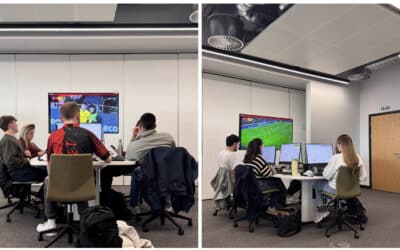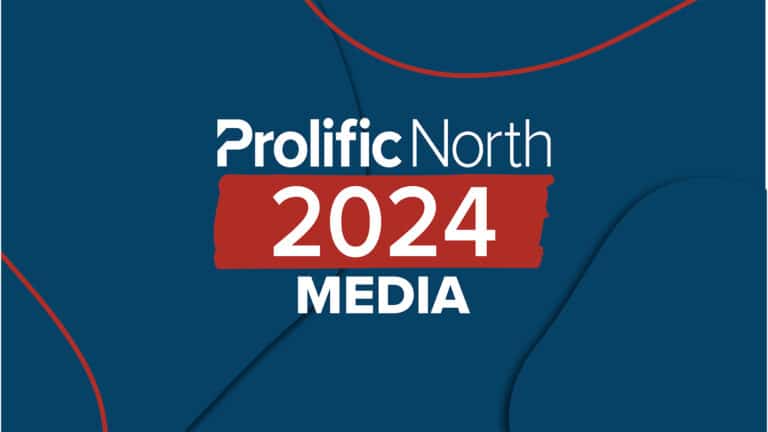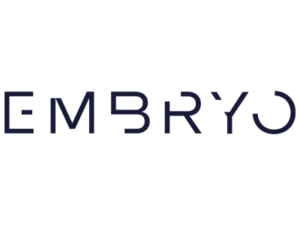“Difficult” is probably an understatement when describing the last 12 months in broadcasting, but what next in 2024?
Looking back at 2023, economic woes and Hollywood strikes meant unemployment for thousands. At one point Bectu estimated that three quarters of all freelance film and television workers were out of work.
The BBC too has undergone serious cost-cutting and with the latest Licence Fee announcement, it’s warned there are more on the way.
But it isn’t all doom and gloom. Production has restarted, there’s new and exciting tech being developed, plus major new studios planned in the North West and North East, so it seems more than a glimmer of light at the end of the tunnel.
In the North, we have the new Screen Alliance North, uniting the region’s screen industries and they are probably the best place to start and appropriately they told us their thoughts together…
Lynn Saunders – Director of Liverpool Film Office, Alison Gwynn – CEO of North East Screen, Rob Page – MD of Screen Manchester, and Caroline Cooper Charles – CEO of Screen Yorkshire
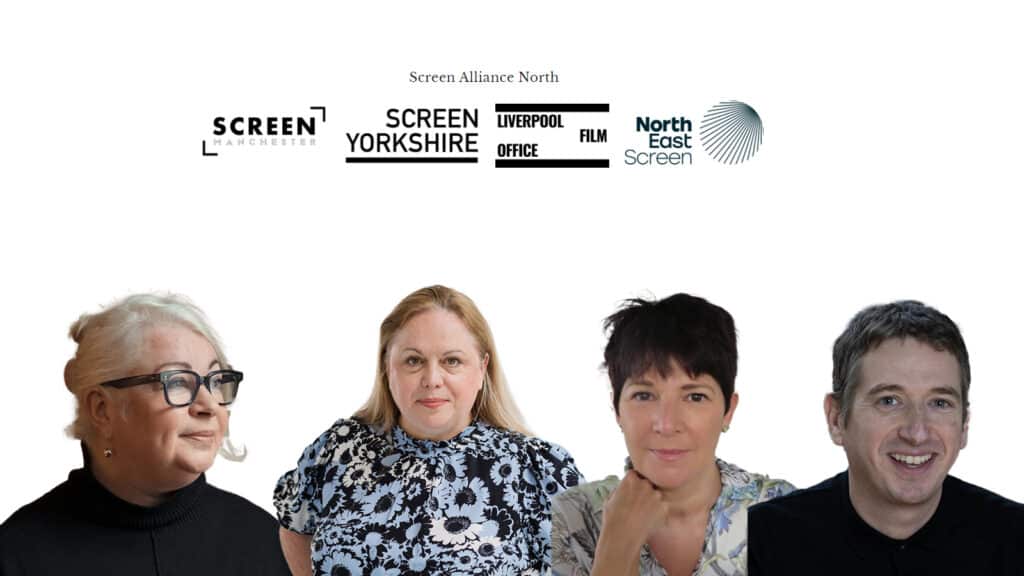
Across the Screen Alliance North regions (the North West, Yorkshire and the North East) there are exciting developments happening, as we work in partnership, in spite of the challenges that have faced the UK’s screen industry over the past few years: US studios strikes (writers and actors), commissioning cuts, coming out of the Covid era, and the impact of challenging work environments for freelancers.
Capital development plans including Production Park and the new Versa Leeds Studios in Yorkshire, Crown Works Studios development in Sunderland, Space Studios in Manchester, The Depot and recent plans submitted for the Littlewoods Film and TV Campus in Liverpool, have seen an increased sense of anticipation as the screen industries across the northern regions see greater investment providing a competitive destination for world class, innovative production.
Innovations like virtual production, augmented reality and artificial intelligence are giving creators new and groundbreaking tools to produce exceptional stories with incredible visuals and immersive sound, and we are seeing local companies really embrace these technologies as we continue to underpin the resilience of our screen industries workforce through skills development in a number of these areas.
We hope that with our pan-northern funding boost for skills through Screen Alliance North, supported by the BFI, awarding National Lottery Funding, we will be able to address skills gaps ahead of the curve, sustaining the industry pipeline and supporting our crew communities across the North of England. Alongside that, we will lead on challenging the industry to step up in terms of their fair working policies, and their commitment to sustainable production. We predict, and hope, that by publicly raising awareness about these issues and implementing change, productions will follow suit, investing in a more sustainable way of working via their crew, through training opportunities, wellbeing support, and environmentally, by reducing their carbon footprint.
Richard Wormwell, Head of Innovation at dock10, Media City

The big thing about 2024 has got to be the end of all the hype about AI: we’ve all got super-excited by fantastic headlines celebrating or condemning the likes of ChatGBT. For me, 2024 is going to be the year when the hype ends – and the reality of AI really kicks in. AI is going to be everywhere and the broadcast industry is going to see some really exciting changes.
We’re definitely going to see generative AI tools creating things like pitch decks, storyboards and concept art. But I think the real benefit for TV will come as a convergence technology to efficiently harness together technologies like virtual production, motion capture and real time graphics solutions. With this, we’ll be creating AI-driven synthetic humans that move, speak and react within a virtual studio, and even ‘virtual’ presenters that use generative AI to answer questions from viewers.
With AI’s phenomenal processing power, we’ll see live sports shows swiftly crunching the data for real-time graphics solutions to display in ever more immersive ways. We’ll even see AI scouring data from reality shows to find hidden patterns or narratives that can inform a developing story. AI makes all this possible, and much more affordable.
So, 2024 is going to be the year AI delivers on the hype. Producers, content creators, and technical developers are going to get even more creative – and more productive too.
Jason Spencer, Business Development Director, ITV plc, Manchester
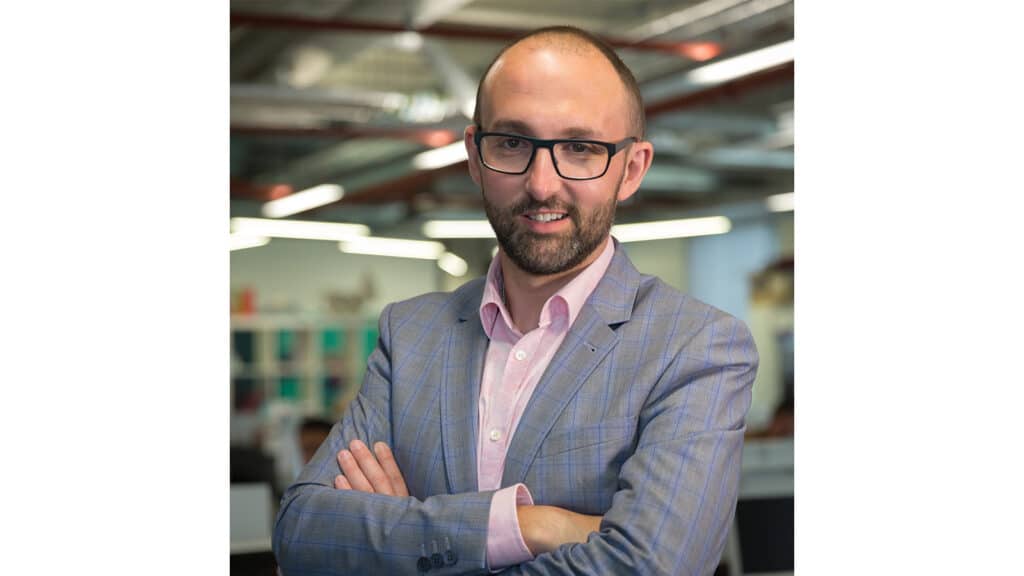
With ongoing economic uncertainty, the prospect of elections both sides of the Atlantic and wars in Ukraine and Gaza, forecasting what next year brings ain’t easy. In 2024, what we do know for certain is that viewing behaviours will continue to evolve and ITVX will continue to set the pace for free, ad-funded platforms in the UK, building on a stellar first year’s performance. Big moments of live, shared viewing – from Euro 2024 to Celebrity Big Brother – will continue to bring the nation together, so that is where we at ITV will invest in content.
Agencies and advertisers will need to adapt and iterate how broadcast and streaming work together to drive outputs (reach) and outcomes (results) for brands – so working closely with broadcasters will be more important than ever. First party data to drive addressability and innovation will be at the heart of this – linear addressable will grow, and with over 40m registered users on ITVX, VOD will take a bigger share of advertisers’ investment. Measurement will be key to help prove what works – we will continue to invest in new ways to bridge the gap between TV advertising and outcomes. And creativity will remain at the heart of it all – from our BE Studio launch to help brands make programmes with us (like M&S’s Cooking With The Stars)… to using talent and IP to help partnerships cut through (like PPL’s Is Your Door In The Draw?)… through to making brands famous through embedding them in our shows (like Hays Travel opening Corrie’s first ever travel agents). Watch this space
Lee Brooks – CEO Production Park, Wakefield
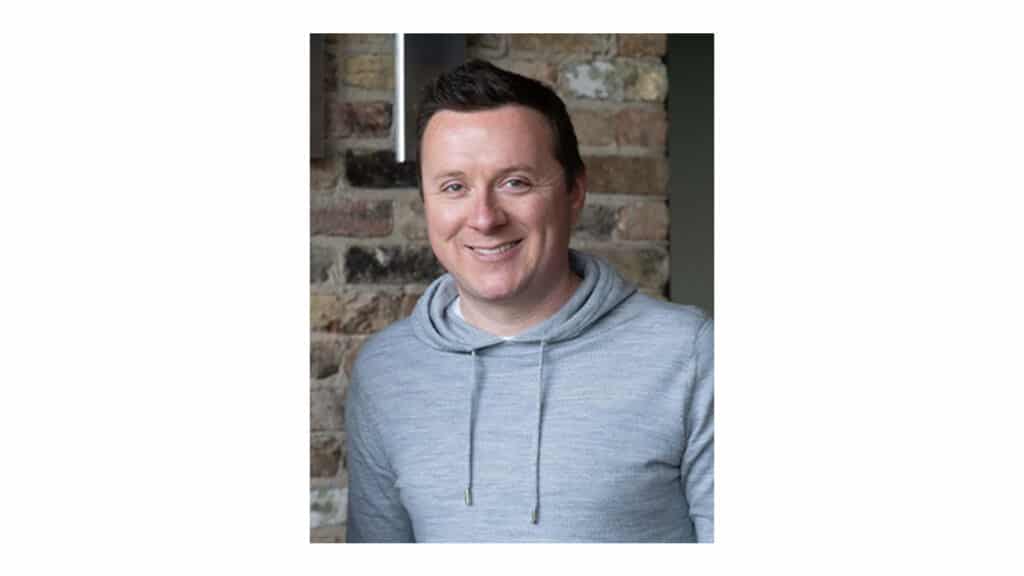
I was disappointed to read that the Mayor of London has recently rejected the Stratford planning application for the second iteration of the MSG sphere entertainment venue.
This decision may yet be overturned by the housing secretary Michael Gove. Whatever happens with that – the buzz around U2’s concert which opened the Sphere in Las Vegas this Autumn has heightened everyone’s understanding of the potential of immersive live venues.
So my prediction for 2024 is that the adoption of immersive technologies will accelerate and expand our collective ability to join virtually enhanced immersive experiences together, without the need for a headset.
I was lucky enough to see the sketches for the incredible MSG Sphere five years ago, and advised on how the project could be realized. Back then, some enabling technologies were in their infancy and there was real doubt about being able to create a stunning and seamless immersive AV experience at this scale. Watching U2’s opening performance changed all that.
As consumers, we are now conditioned to expect pin sharp high resolution display, even from our smartphones. The challenges in replicating this to bigger audiences increases wildly with scale, but done correctly it has the power to massively enhance the emotional impact of any live experience.
Whether we want to explore a rainforest, walk into a piece of art or travel to the moon, rich visuals alongside spatial audio technologies will become the cornerstone in the enhancement of creative experiences.
At Production Park we are playing our own part in developing this technology. Working with the University of York as part of the AHRC CoSTAR project, our teams are refining the way real-time display environments work, to bring transformative virtual visual performances to life.
A stack of things are coming together. It’s very exciting for all of us at Production Park and in the wider experience economy. Creating virtual collective environments that are indistinguishable from reality remains the holy grail, but we are advancing in ways that will bring that within touching distance in time for the arrival of the next decade.
Sian Palfrey – Executive Producer at Wall to Wall North
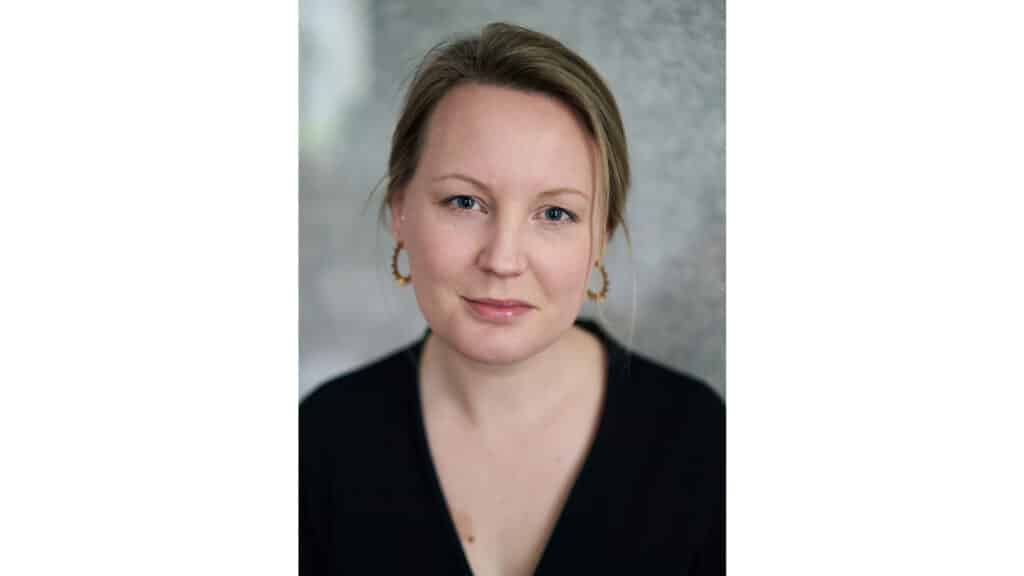
2023 has been a turbulent year in television, and while certain storms like the WGA and SAG strikes have passed, it’s clear the industry is still in a state of flux as we head into 2024.
As budgets continue to be stretched and viewers make tough decisions over where to spend their hard-earned money and viewing time, streamers will increasingly have to box smart to retain a slice of the ever-competitive UK subscribership. As a result, I predict 2024 will see more streamers joining forces to offer value for money to viewers who this year will be choosing which subscriptions to keep and which to let go.
In terms of commissioning, I think we will continue to see the trend we’ve already been witnessing in 2023, with broadcasters leaning away from more traditional dramas with heavy or darker tones, and towards more openly entertaining prospects. Given the current state of the world, there’s an understandable appetite from audiences for shows that offer compelling and addictive narratives, with characters, worlds and tones that are joyous and fun to spend time with. With the increasingly competitive fight to cut through, my hope is that commissioners will be more playful with the shows they are commissioning, instead of reverting to tried and tested formats, creators and genres, opening the door for bolder and more audacious storytelling and tones.
I think this is particularly true when it comes to the North. With more priority continuing to be given to the regions, it feels like a moment of increased opportunity for Northern storytellers. There has been progressively more and more interest in telling bigger, contemporary stories from the North – stories and worlds from the area that we haven’t seen before and would previously have been told through London-centric lenses.
Of course, contemporary thrillers will continue to be King. But it will all be about finding new and exciting ways to approach them.
Cameron Roach, Executive Producer, Rope Ladder Fiction, The Sharp Project
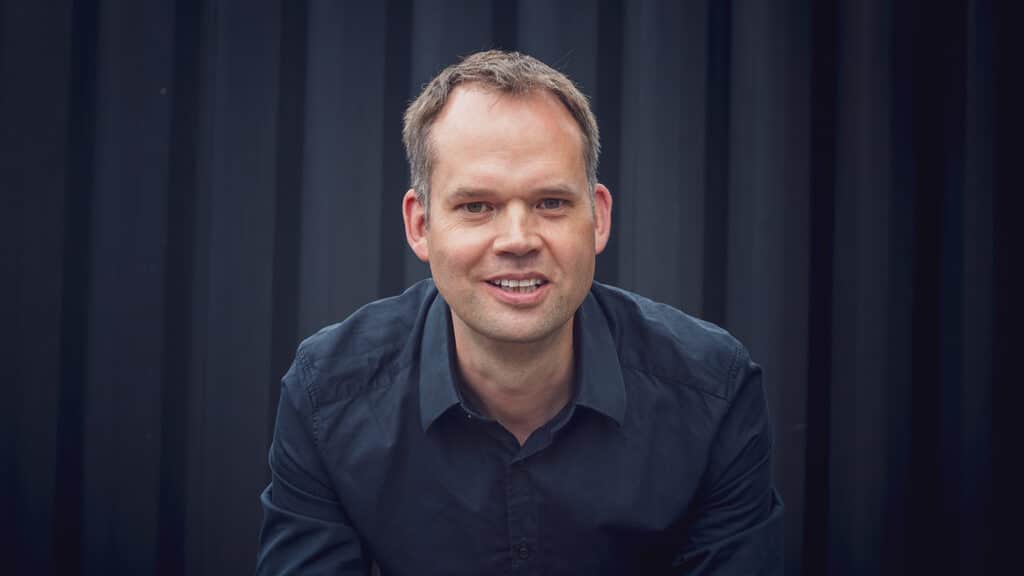
The biggest challenge for our sector in the coming year is the increasing reliance on US funding in investment in our content, and we witnessed a slow down in the past year because of the writers strike.
Currently 86% of all British scripted production relies on US finance to some degree. This is compounded for smaller UK production indies, by UK commissioners tightening their belts due to the downturn in ad spend; looking to 2024 we project a potential 11% further reduction in Channel 4 investment in origination; a further squeeze on the BBC licence fee; and this is coupled with increased production costs.
While this might all seems bleak what it actually heralds is significant consolidation in our sector – collegiate working really is the future – for us at Rope Ladder, a Manchester based independent label, we have partnered with Wall to Wall North, a subsidiary of Warner Brothers to build the right infrastructure around Waterloo Road, we have now delivered 22 hours of programming and we are in production for 16 further hours.
Many other smaller labels take great comfort, financial and more broadly, by working with one of the bigger studios. We have also partnered creatively with emerging labels like Northern Fortress Films to produce short films, which are vital for the creative growth of our sector. So too is training and development and in 2024 we will witness the impact of the newly formed Screen Alliance North, a new BFI skills cluster in partnership with Screen Manchester, Screen Yorkshire, Liverpool Film Office and North East Screen.
The four agencies have come together to tackle skills shortages and improve access to quality training provision for diverse talent and communities. This is really terrific in terms of the training and development opportunities this will provide and ensure a sustainable workforce for the future. So in summary there are huge challenges in winning commissions, but opportunities really are there through partnership and co-production.
Jordan Owens, Regional Sales Director (maternity cover), Digital Cinema Media

Cinema is undergoing a significant transformation and the future of our medium promises to be nothing short of extraordinary with advancements in visual effects, storytelling and immersive experiences.
While we remain faced with many uncertainties on a global level, we hold the potential to pave the way for optimism. The most positive effect Covid had on cinema was the Studios, and even streamers, recognising the value cinema delivers. Theatrical, cinema first film releases will continue to be front and centre in 2024.
What remains at the core of this is the power of cultural moments and cinema is delivering these in droves. Audiences are looking for escapism and to enjoy experiences with likeminded people – it’s more powerful when these are shared socially. When movies are out there, customers will come to be entertained on the big screen. Just look at the Barbenheimer phenomenon. The global success of these two movies indicates the effectiveness of well-executed marketing strategies and connecting with broader audiences. As our industry continues to evolve, I hope to see more movies engaging meaningfully with audiences ahead of their cinema release.
From highly anticipated sequels and reboots to original ideas, audiences are set to be mesmerised by the world of movies in 2024 and beyond. Big releases over the next 12 months that advertisers can align themselves with include The Colour Purple, Dune: Part 2, Inside Out 2, Despicable Me 4, Beetlejuice 2, Joker: Folie a Deux, Paddington In Peru and Wicked.
The future of cinema has never looked brighter. I look forward to sharing it with you!
Simon Myciunka, CEO of Bauer Media Audio UK

In 2024 we can look forward to the development of what we call the “audioverse” – encompassing radio, podcast and digital audio. We’ll continue to see much-loved audio content further expand into new spaces and places, e.g. what we’ve seen recently with Bauer Media Audio Ireland’s subscription sports content offer Off the Ball and Fearne Cotton’s brilliant Happy Place.
It would of course be remiss to not mention AI and its impact too; AI is the biggest disruptor in every industry right now. Whilst some may see automated voices and generative journalism as a threat, we think it will only deepen the connection we have with our audiences.
In a media landscape which will become increasingly artificial, radio and podcasts can offer consumers and advertisers real, human connection. Human voices, that truly speak to the individual is something that as a species we will always want and need, and it’s something that we will always be here to offer. We saw this with Hits Radio’s recent experiment; Fleur East introduced an AI version of herself on Halloween to host her breakfast show. Critics across the board saw the show with AI Fleur to feel ‘robotic’, ‘stilted’ and lacking that authenticity and witty back-and-forth that the hosts always deliver. However, I do think that AI has a place for us, and we’ll see more real-world use of it, laying the foundations for an even more art and science-focused future. For example, Bauer Media Audio Finland recently took a revolutionary step in the radio world by launching the first radio channel ever in the Nordics, whose content is fully powered by AI.
Equally, for advertisers AI will lower production costs, create increased personalisation and enhance media planning. By utilising the technology available, we won’t lose audiences, but we’ll provide them with a better service and improved ways to connect with stations, presenters and brands. This and other forms of innovation will see us add new layers of audience engagement, through smart speaker interactions, personalised experiences and generated content.
I think 2024 will also see a more confident and positive media landscape, with a sense of a return to more ‘normality’. Now we’re moving into post, post-covid world, I think companies and advertisers will shift from near-term planning to longer term strategy planning. Brands will undo and rethink the things that didn’t work during the bubble, instead focussing in on what will work for the future.
Lastly, looking at the wider audio landscape, I’m expecting Gen Z artists and listeners to dominate and shape the industry. The average age of a Gen Z is now about 18 years old; next year will see more young artists breaking though and major audio players will respond in kind to meet both artist and listener needs.
Mark Lee, CEO of Communicorp UK
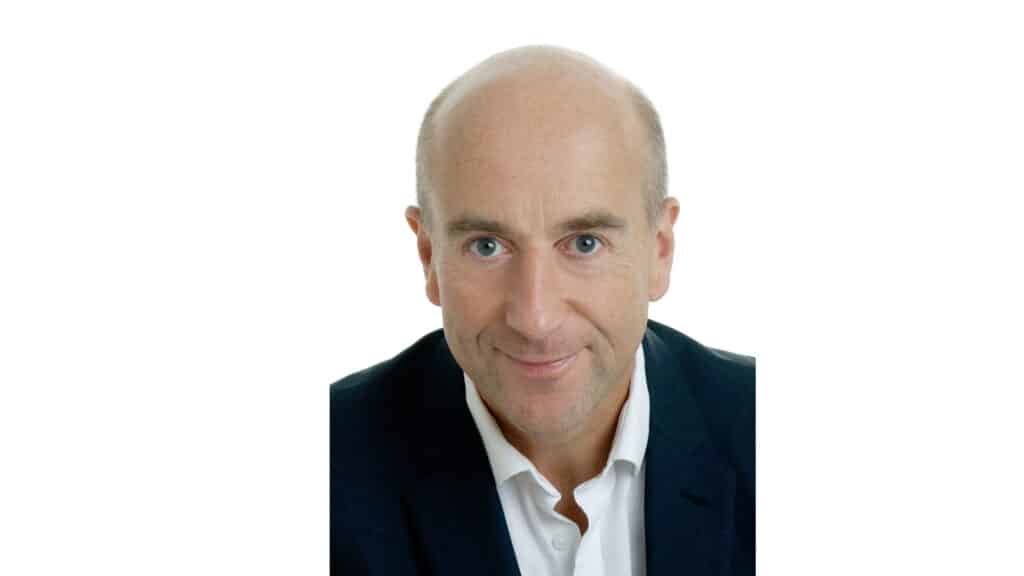
“2023 was a year where broadcast and audio went from strength to strength. Both commercial radio and podcasting are on an upwards trajectory, with an increasing number of brands looking to tap into them.
“The continued success of radio might surprise to some, but its popularity is likely to increase in 2024 – 88% of all UK adults currently listen to the radio, and commercial radio makes up 55% of these listening hours. The Media Bill, which is expected to pass by mid 2024, could also allow more music and production flexibility on commercial radio, which will only accelerate this growth.
Similarly, I’d say that the commercial opportunity in podcasting will grow too. Last year, the Sport Social Podcast Network team, which is operated by the Communicorp-backed Voiceworks Sport, saw a big shift in the number of Premier League and other rights holders using podcasts as a channel to engage with fans. A recent US IAB report found sport was the number one advertising category for brands, taking 15% of advertising revenue.
With this in mind and 2024 being a major year for sporting events, like the Euros and Paris Olympics, we’ll likely see an acceleration in new podcast shows and content. This will create more opportunity for advertisers and brands, to use audio as part of their marketing and engagement strategies, with new shows to tap into.
“And commercially speaking, podcast and radio can give brands a better eye on ROI, especially with sport-focused shows. While traditionally, sports advertising has focused on visibility, sport-focused audio offers a new level of targeting and accountability as you can reach some really specific demographics. It’s certainly a promising time for audio.

